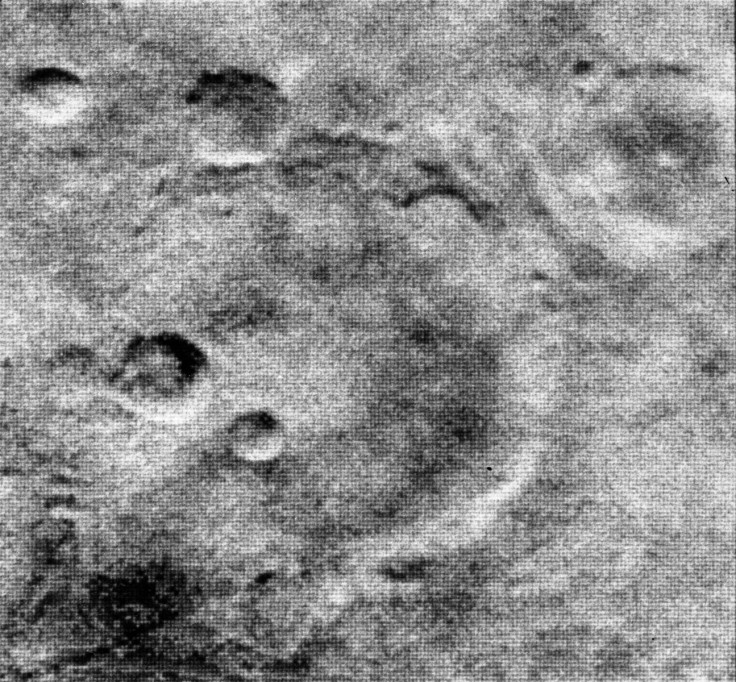Mars has captivated the whole world. So much so that some of the most intelligent and the wealthiest people humanity has to offer are trying to find ways for us to reach Mars and eventually make it our second home if possible.
However, for us to get to this part of humanity's struggle to conquer the final frontier, there has to be a catalyst for such fervor.
One of these catalysts is one of NASA's spacecraft: Mariner 4.
The Discovery of Mars - A Brief History
Mars, a planet known for its red hue and being the fourth planet in our solar system (essentially our neighbor), was first discovered by the great Galileo Galilei in 1610, using the first of the telescopes. Doing so made him the first person to use one for astronomical purposes, per NASA.
What Galileo saw through his telescope was a bright disk without marks, which is what he wrote in his book "Sinderius Nuncius."
However, Humanity didn't stop there. In the following centuries, more and more astronomical information was gathered from what we can tell about the Red Planet from the comfort of Earth.
Over time thanks to astronomers' studies at the time, the world mistakenly believed that water was found on Mars in 1877, which later provided the first catalyst to the idea that Mars could have supported life.
Enter Mariner 4

This belief that life could have existed on Mars was well alive in the 20th century when NASA planned to send a flyby aircraft named Mariner 4 to Mars to see if there is life on Mars, per Space.com.
Mariner 4 had a sister spacecraft, named Mariner 3. NASA planned to launch two spacecraft as an insurance policy to get an up-close view of Mars.
However, Mariner 3's launch was doomed from the start - a fairing that was supposed to protect the spacecraft during launch jammed instead of coming off it.
As such, NASA's only hope of seeing the Red Planet up close was Mariner 4, which was successfully launched on Nov. 28, 1964.
The spacecraft was equipped with a variety of instruments that helped it take pictures and observe Mars during its flyby. The most notable of these is its imaging system, which utilizes a television camera.
During the spacecraft's flyby of Mars on July 14, Mariner 4 took 22 pictures, covering about 1% of the planet, per NASA. The pictures were then stored on a 4-track tape recorder and then transmitted back to Earth on July 15.
Reaction to Mariner 4's Pictures

Mariner 4's pictures shook the astronomical community as they showed no canals that could have been made by bodies of water nor any obvious signs of life.
The images, though blurry and in black-and-white, revealed a heavily cratered surface that astronomers described as being "similar to the moon."
The shock was felt across the world, with the New York Times writing that Mars is "probably a dead planet."
Despite the discovery, scientists and astronomers continue their efforts to find signs of life on Mars, eventually reaching a point where we have rovers scouring the planet for signs of water and life - the Mars Rovers Curiosity and Perseverance.
Related Article : NASA's Perseverance Mars Rover SuccessfullyCollects Its 10th Sample









